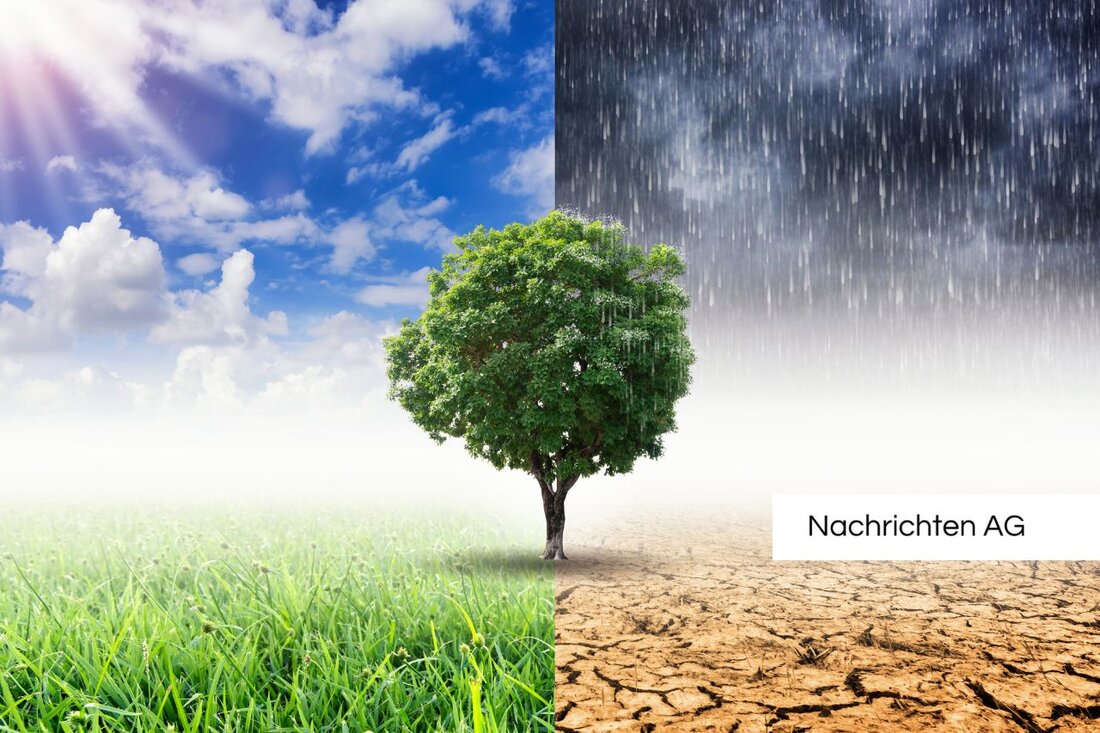Neubrandenburg under Hitzedruck: bottom light in the heat check 2025!
Neubrandenburg under Hitzedruck: bottom light in the heat check 2025!
Neubrandenburg is bad when it comes to evaluating the heat load. In the latest Hitze-Check 2.0 of the German Environmental Aid (DUH), the city took last place among 190 German cities. The heat (HBI) heat -obstacle index shows a value of alarming 15.03, which Neubrandenburg shows as one of the most highest heat -lit cities in the country. This is reported by the Uckermarkurier .
In Neubrandenburg, 28.6% of the population are severely affected by heat, while 66% suffer from medium load and only 5.5% can be assessed as little affected. Compared to other cities in Mecklenburg-Western Pomerania, such as Greifswald, Schwerin, Rostock and Stralsund, Neubrandenburg cuts off the worst. An average surface temperature of around 33 degrees Celsius forms the highest value in MV and underlines the acute problems of the city.
causes and challenges
The city did not put their hands in the lap. The degree of sealing of 44.6% is below average, but the strong green volume of 3.34 cubic meters per square meter of area shows that there are also positive sides. The climate manager Dr. Christian Wolff explains that the placement should be regarded as a "incorrect image" of the actual situation, since geographical differences can distort the values. Cities near the sea tend to have cooler temperatures.
A ray of hope offers the distasions concept, which Neubrandenburg developed as part of a comprehensive heat evaluation from 2021. In April 2025, the city received a funding notice of over 225,000 euros in April 2025 to improve the development and sealing structure. According to the DUH, more than 12 million people are affected by extreme heat. The heat check clearly shows how unevenly the heat load in the cities is.
the nationwide heat check
The heat check 2025 describes the heat load in German cities and has delivered terrifying results. Of 190 cities examined, 31 received a red card, including particularly heavily affected cities such as Mannheim, Ludwigshafen and Worms. 131 cities received a yellow card and only 28 managed to win a green card, which indicates moderate summer temperatures.
The DUH not only calls for more commitment to the municipalities for heat protection measures, but also binding minimum green parts on land and in public space. These requirements are not only important from today's perspective, but also for the future of our cities. Every year around 3,000 people in Germany die due to the consequences of extreme heat, which ensures political need for action.
The current heat evaluation is recorded using satellite data and evaluated in cooperation with the Potsdam Luftfeet environmental Planung GmbH. This proves that the challenges of climate change are real and that cities like Neubrandenburg are well advised to take quick measures to ensure the quality of life of their citizens.
While Neubrandenburg is still in the last place, other cities in Germany can show that there is another way. In particular, the cities with a green card like Kiel and Wilhelmshaven not only enjoy moderate summer temperatures, so they also have to become active to react to climate change.
For climate protection and adaptation to the consequences of climate change, there are various initiatives, also in North Rhine-Westphalia. Since 2009, climate adaptation strategies have been systematically working there. It remains to be seen to what extent the measures are carried out and whether cities like Neubrandenburg manage to move up from the last row.
If you want to learn more about the heat load and protection against heat, you can do the detailed information on the pages of the German environmental help and the Klimaatlas NRW Read.
| Details | |
|---|---|
| Ort | Neubrandenburg, Deutschland |
| Quellen | |


Kommentare (0)